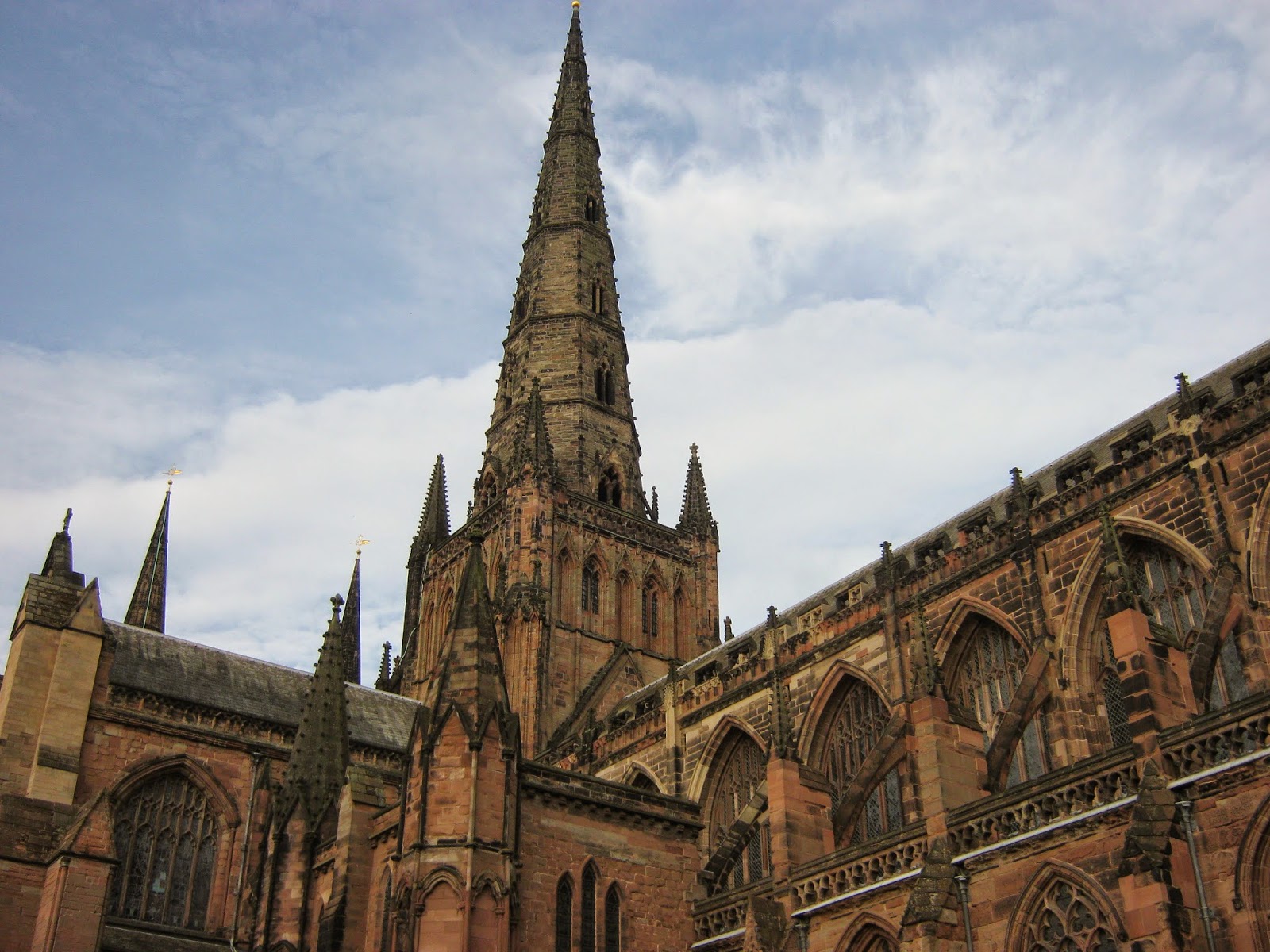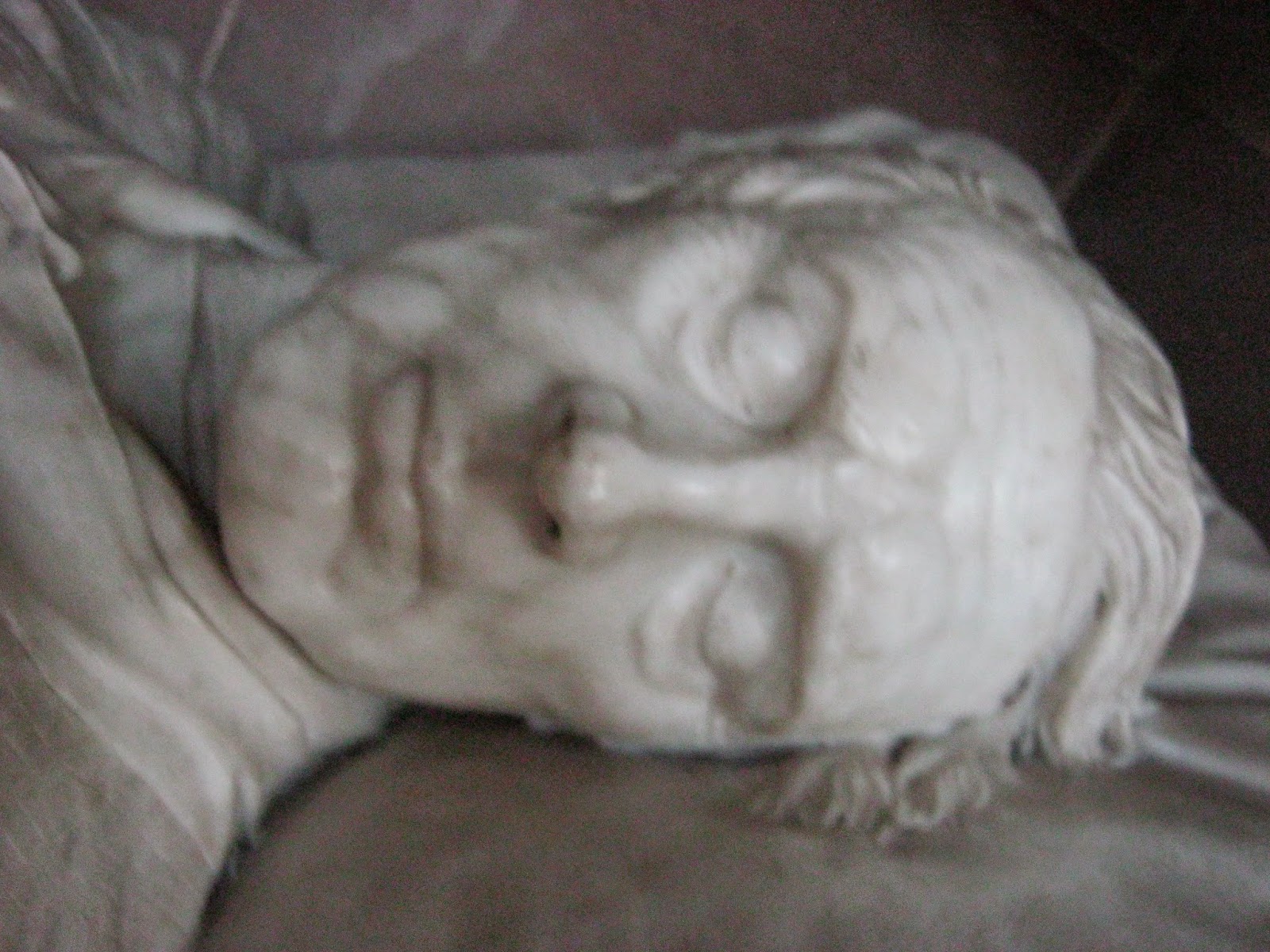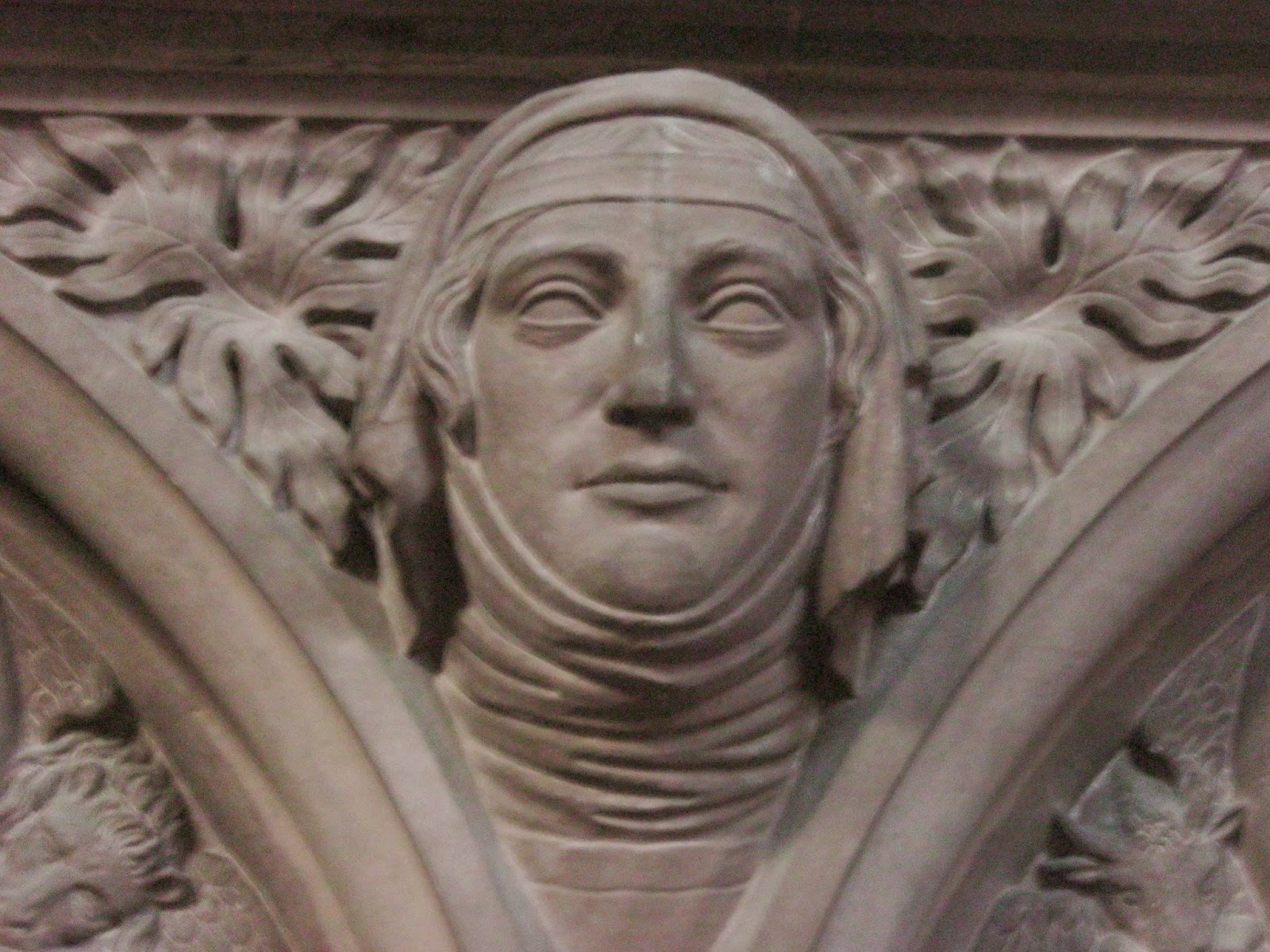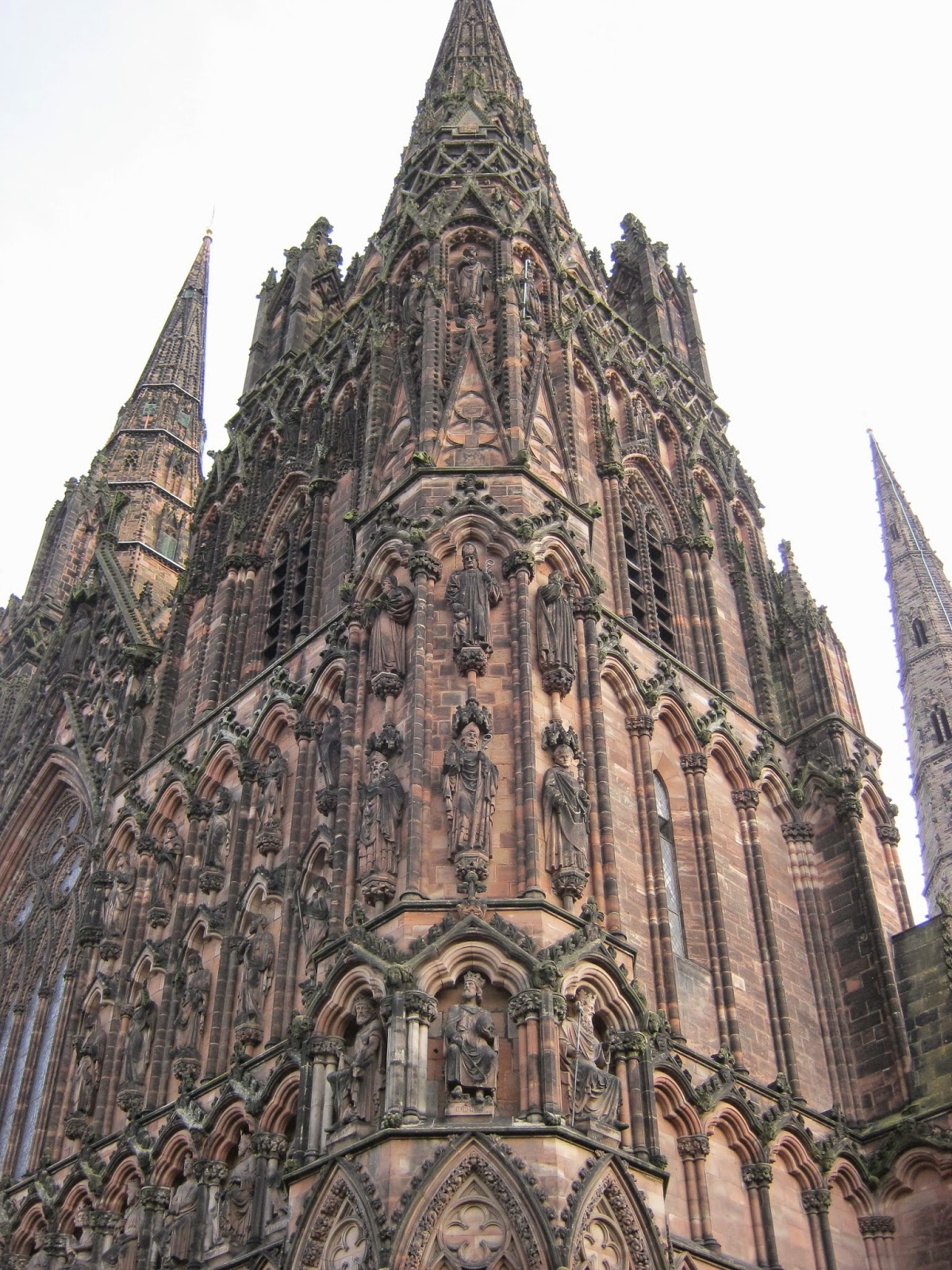In today's session, we completed some exercises in composition and tone with the use of both pencil and pen plus water. We wanted to develop our skills from last session so that we are more prepared to develop more of our skills in creating compositions for a drawing and creating compelling tonal work through unique means.
In this first drawing I created, I explored the medium of pencil in straight-forward way instead of the past experimental ways so I could see if it was still of relevant use to me in the near future of my future drawing work. I believe it still is as it can create some really nice subtle tonal changes that can become more detailed if you put work into it and I found it comforting to use line again as a skill instead of discarding it because it may not produce the most realistic of results. However I still need to work on this technique if I wish to become significantly skilled with the craft and I think the areas that needs working on the most in my pencil drawings is the use of proportion and the my tonal consistency.
In this second drawing which was completed through the medium of pen and a water wash was an exercise in exploring the medium of ink as well as try to improve those skills since I did a ink and water drawing last fortnight. I think I did relatively well as I filled in the space quite well this time instead of just leaving it blank but I still need to practice more with this medium as by far its probably my weakest form of drawing. For example I still haven't managed to handle how the the ink and water spreads so I try and fail to clean up some mistakes that become painfully obvious if you look to closely at the drawing.
This last drawing was an attempt at a final conclusion of my previous drawings and a final go at the mastery of the technique using pen and ink wash to create unique tones. I also used drawing ink to darken the more darker tones within my image, and a lot more contrast and dynamism that was lost in the last image I drew. Overall I believe I have made some good developments in my skills with drawing with inks and water but I still need more practice to become better at it. I really like how the drawing ink I painted added much needed contrast and darkness that was absent from the rest of my ink drawings and how well it blended in with the rest. However the rest of my tonal work can be quite muddy and some tones look too similiar to each other that you can't get the perspective from the image correctly.
This last drawing was an attempt at a final conclusion of my previous drawings and a final go at the mastery of the technique using pen and ink wash to create unique tones. I also used drawing ink to darken the more darker tones within my image, and a lot more contrast and dynamism that was lost in the last image I drew. Overall I believe I have made some good developments in my skills with drawing with inks and water but I still need more practice to become better at it. I really like how the drawing ink I painted added much needed contrast and darkness that was absent from the rest of my ink drawings and how well it blended in with the rest. However the rest of my tonal work can be quite muddy and some tones look too similiar to each other that you can't get the perspective from the image correctly.














